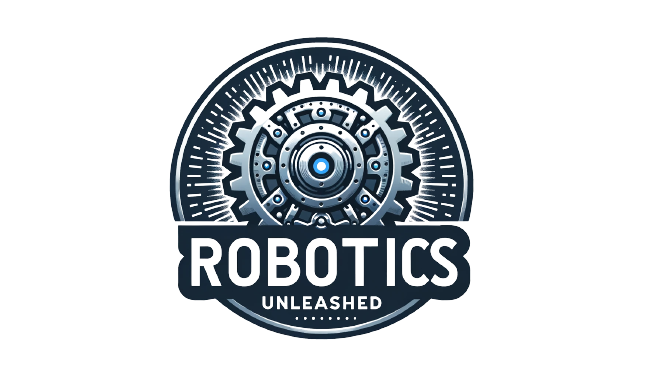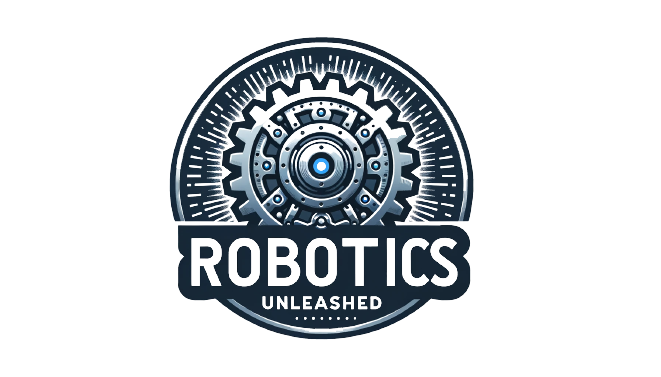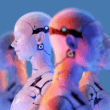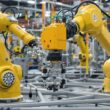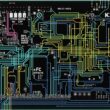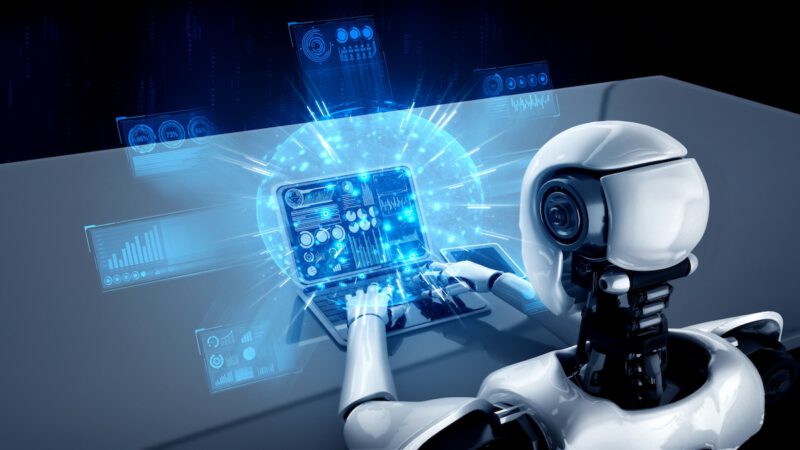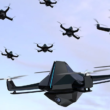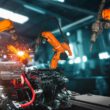The fields of Artificial Intelligence (AI) and Robotics have been rapidly advancing in recent years, with their developments becoming increasingly intertwined. This symbiotic relationship has the potential to dramatically impact society and shape the future in ways we may not yet fully understand. In this article, we will explore how these two fields are coming together and the implications of their collaboration.
The Marriage of Minds and Machines
Defining AI
Artificial Intelligence refers to the ability of machines to perform tasks that typically require human intelligence. This is achieved through various technologies such as machine learning, deep learning, and natural language processing.
The Role of AI in Robotics
AI algorithms are used to control and improve the capabilities of robots, making them more efficient, adaptable, and intelligent. This has led to the development of autonomous robots that can make decisions based on their surroundings.
Real-World Applications
The integration of AI in robotics has revolutionized various industries such as manufacturing, healthcare, logistics and transportation, and exploration. In manufacturing, AI-powered robots have increased efficiency and customization capabilities. In healthcare, they assist in surgical procedures, diagnosis, and personalized medicine. Self-driving vehicles and delivery drones are transforming the transportation sector while aiding disaster response with their ability to navigate dangerous environments.
Ethical Considerations
As AI-powered robotics become more prevalent in society, there are ethical considerations that must be addressed. These include potential job displacement, safety concerns, and misuse of the technology. Responsible development and regulation are necessary to ensure these technologies are used for the betterment of society.

Real-World Applications and Impacts
Limitations
Despite their advancements, AI and Robotics still face challenges such as data bias, hardware limitations, and explainability. These issues must be addressed for these technologies to reach their full potential.
Ongoing Research and Development
Efforts are underway to address these limitations and push the boundaries of AI and Robotics. This includes research on explainable AI, developing more powerful hardware, and mitigating data bias.
Future Possibilities
The future applications of AI and Robotics are limitless. In areas like space exploration, personalized care, and human-robot collaboration, the possibilities are constantly expanding. However, it is important to consider the potential risks and implications of these advancements.
A Balanced Perspective
While AI and Robotics offer immense potential benefits, we must also acknowledge their risks. Responsible development and regulation are crucial in harnessing the power of these technologies for positive impact.
Conclusion
The symbiotic relationship between AI and Robotics is changing the world as we know it. From improving efficiency in manufacturing to aiding in disaster response, these technologies are transforming industries and pushing boundaries. As we continue to advance in this field, it is essential to consider both the opportunities and challenges that lie ahead. How will we ensure a responsible integration of AI and Robotics in our society? This is a question we must all actively consider as we shape the future together.
